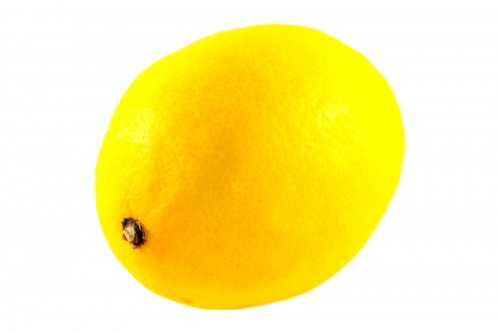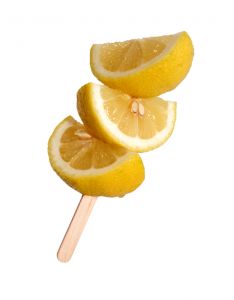Lemon
Native to Asia, the lemon is a small and evergreen tree known for its oval yellow fruit. It is used for both culinary and non-culinary purposes around the world, mostly for its juice, pulp, and rind. Lemon juice 5% – 6% citric acid, which gives lemons a sour taste as it has a pH level of 2 to 3. This makes it perfect for science experiments as it is an inexpensive and always readily available acid.
The lemon’s origin has always remained a mystery, although it is presumed the lemons first grew in northern Burma, China, and India. It later entered South and South East Asia and was used for its antiseptic properties as it can be used as an antidote for several poisons. Near southern Italy, lemons were introduced in the 1st century AD but they were not widely cultivated. In 700 AD, it was introduced to Persia, Iraq, and Egypt. It recordered in a 10th century Arabic treatise on farming and was used as an ornamental plant in Islamic gardens. As a result of this, it was found all over the Arab world and the Mediterranean regoin between 1000 – 1150 AD.
Lemons were properly cultivated in Europe in the mid-15th century in Genoa. It was introduced to the Americas by Christopher Columber in 1493 when he brought the seeds to Hispaniola. This spread around the Americas via the Spanish conquest, and were planted in California and Florida for cooking purposes.
Another claim to fame for the lemon tree was that James Lind discovered that addiving lemon juice to seamen’s diets prevented them from scurvy due to its high vitamin C content. Although an average lemon only contains 3 tablespoons of juice, this is enough to fulfill 88% of an adult’s dietary needs.
For those who want to squeeze as much juice from a lemon as they possibly can, they can be heated briefly in a microwave which will make it easier to extract. Lemon juice is used to make lemonade and marinades. It can also be used as a short term preservative such as on sliced, avocadoes, bananas, and apples to prevent oxidisation.
In non-culinary use, it ca be used as a natural kitchen deodoriser, stain remover, and disinfectant. It can also be used in insectides, aromatherapy, and wood treatments.
The countries who are the top producers of the lemon are India (~16%), Mexico (~14.5%), Argentina (~10%), Brazil (~8%), and Spain (~7%). However, as the lemon is such a popular ingredient, lemon trees are commonly grown as part of many gardens.




